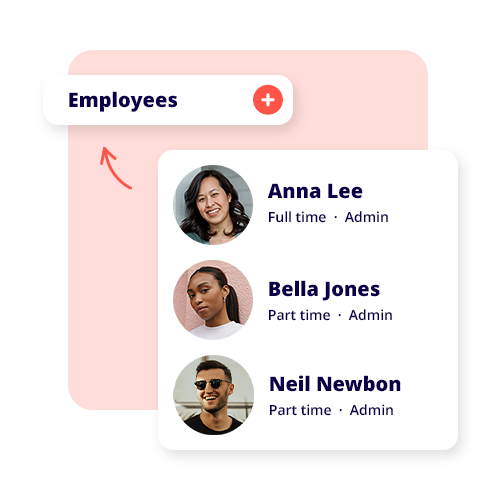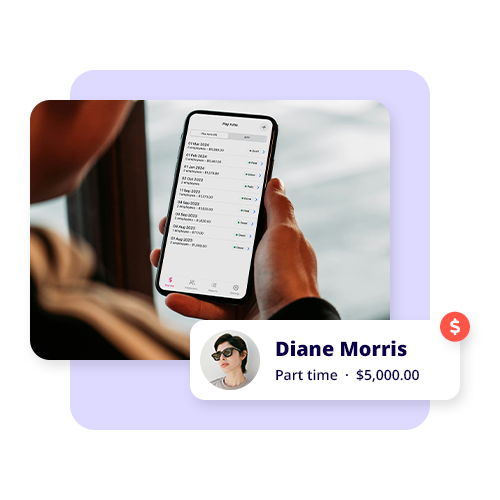I bet you didn’t know that last year over 250 000 people started their own business? Have you ever thought of joining these hundreds of thousands of Aussies? When you consider the reasons for people leaving their job to become their own boss, such as achieving a flexible lifestyle, financial independence or pursuing their personal passion – it seems ideal!
We know before they took the plunge, they had many concerns like you such as if people would buy their product or service, or if they will have enough cash flow to maintain their lifestyle. However, if you consider the right questions and have a detailed plan in place it will give you the most potential for success.
Here are 7 steps you can follow to ensure you’ve considered all the factors in starting your own business, and be ready to launch.
1. Think of a good business idea
Ask yourself why you want to start your own small business. Perhaps you have a hobby that you love, or a particular passion? This may be a good business idea to choose. If you do, you could earn income from something you would happily do anyways, for free! Still, you’ll need to consider if there is a desire for your product or service, if it’s viable against your competitors, and evaluate the time and money it may take to get set up. You should also validate your idea by talking to potential customers. Ask them if your product is something they would pay for and if the price point is reasonable.
2. Research your competitors
Now’s the time to consider who you’re up against and if your product or service will attract customers away from them. Is it 1 large competitor or are they many small businesses in this industry and market? What makes your business different from the rest? The best way to figure this out is to do a SWOT analysis. Think about what your business strengths and opportunities are, as well as the weaknesses and threats.
3. Pick a business name
Let’s name your business! Have a think about what your product or service does, and what emotion you want your business brand to evoke. You can begin by writing down related words and brainstorming names.
This make take a few days or weeks (you may even change it after you’ve launched) – sleep on it, ask your friends & family for their feedback and once you’re happy with it, you’ll need to lock it in.
- Apply for ABN and register yourself as a business. Your ABN will be used for your dealings with the ATO and should appear on all your business stationery including invoices and purchase orders to avoid having tax withheld from payments to you.
- Protect your business name and ideas, and file for trademark protection. You can apply for a trademark through IP Australia.
- Buy your website name. You can use Netregistry or VentraIP to check if your preferred domain name is available and then register the URL – simple! Remember it should be the same or similar to your business name and represent your brand.
4. Get your legal requirements in order
You’ll need make sure it’s compliant with all legal requirements. These are in place to help protect you and your business. The key ones are your business structure, GST, registrations, licences, permits and insurance – depending on your business’ industry.
5. Write out a business plan
Take time to write down your roadmap for success over the first 5 years. A business plan is very important and will help keep you on track and serve as your proposal if you are seeking funding. Include your company description, market analysis, marketing & sales plan, your pitch, what makes your business unique etc. There are free online templates you can use, such as from business.gov.au, and LawDepot.
6. Plan your finances
Starting your own business will involve an initial investment to help cover ongoing expenses until you turn a profit. It’s a good idea to create a budget and map out the costs you anticipate. This will include all your supplies, inventory, branding and legal fees – and don’t forget to set aside taxes that you’ll need to pay at the end of the year.
And once you’re done, you can identify your funding source. Pitch your needs to your friends or family, apply for a government grant, run a crowdfunding campaign, or find an angel investor group that is passionate about your business and can support you with resources, mentoring and money.
Then before you launch, ensure you have all cash flow processes and accounting solutions in place. You’ll need to be ready to track expenses, send invoices, and complete your end year reconciliation. You can manage this with online accounting software such as Reckon One – an affordable option, and a great fit for those that are starting a business.
7. Launch and promote your business
To gain attention and attract customers, you’ll need to have a marketing plan in place. Begin by designing a logo, choosing your brand colour scheme, fonts and imagery, tagline and identify your brand’s tone of voice (what you say and how you say it).
Make sure you have an online presence as this is where you’ll find most of your customers. You can easily build and set up your website using Wix or Squarespace. These tools can help you create a beautiful professional looking website using the easy-to-use, customisable templates.
Also, do a search of other marketing tools to help get your brand out there. Some of our favourites are SumoMe for analytics & optimisation, Google Keyword Planner for AdWords, Moz Tools for search engine optimisation, and Canva for help with creating beautiful images to use for social media and flyers.
For more information on starting your own small business, visit business.gov.au, they have some great resources!
Want to keep learning? Check out our article on how to avoid invoicing mistakes!
by Jane Chan, December 15, 2018
























